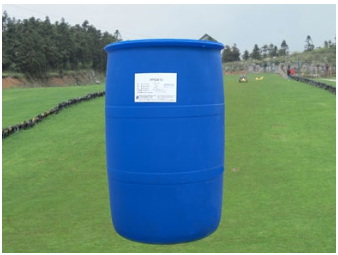Asphalt emulsifier is a kind of surfactant. Emulsifier and detergent have the same adsorption, orientation, colloidal ion formation and reducing interfacial tension. However, as an emulsifier, it also needs film-forming property, especially for asphalt emulsifier, it needs appropriate carbon chain alkanes to better emulsify with asphalt. Fig. 2 shows the properties and characteristics of surfactant From the diagram, we can see the relationship between the basic properties of various surfactants including emulsifiers and their use up to now.

Alkyl polyglycosides are composed of two distinct components: one is an oleophilic group (also known as a hydrophobic group) that is compatible with oil, and the other is a hydrophilic group (also known as an oleophobic group) that has affinity with water. This structural feature of surfactant makes it soluble in water, the hydrophilic group is attracted by water molecules, while the lipophilic group is repelled by water molecules. In order to overcome this unstable state, only occupy the surface of the liquid surface, extend the lipophilic group to the weather, hydrophilic group into the water.
Although the molecular structure of surfactants is characterized by amphiphilic molecules, not all amphiphilic molecules are surfactants. Only amphiphilic substances with sufficient length in the lipophilic part are surfactants.
For example, in the series of fatty acid sodium salts, compounds with few carbon atoms (sodium formate, sodium acetate, sodium propionate, sodium butyrate, etc.) all have lipophilic and hydrophilic groups, and have surface activity, but they do not act as soap, so they cannot be called surfactants. Only when the number of carbon atoms increased to a certain extent, sodium fatty acid showed obvious surface activity and had general soap properties. Most natural animal and vegetable oils are fatty acid esters containing C10 ~ C18. If these acids combine with a hydrophilic group, they will become lipophilic and hydrophilic surfactants with good solubility.
In the long-term production practice, it has been found that the solution of some substances can greatly change the surface properties of the solvent even at a small concentration, and make it suitable for some production requirements, such as reducing the surface tension or interfacial tension of the solvent, increasing wetting, washing, emulsifying and foaming properties. In daily life, soap is one of these substances. A notable feature of substances like soap is that the surface tension of water can be greatly reduced by adding a small amount to water.